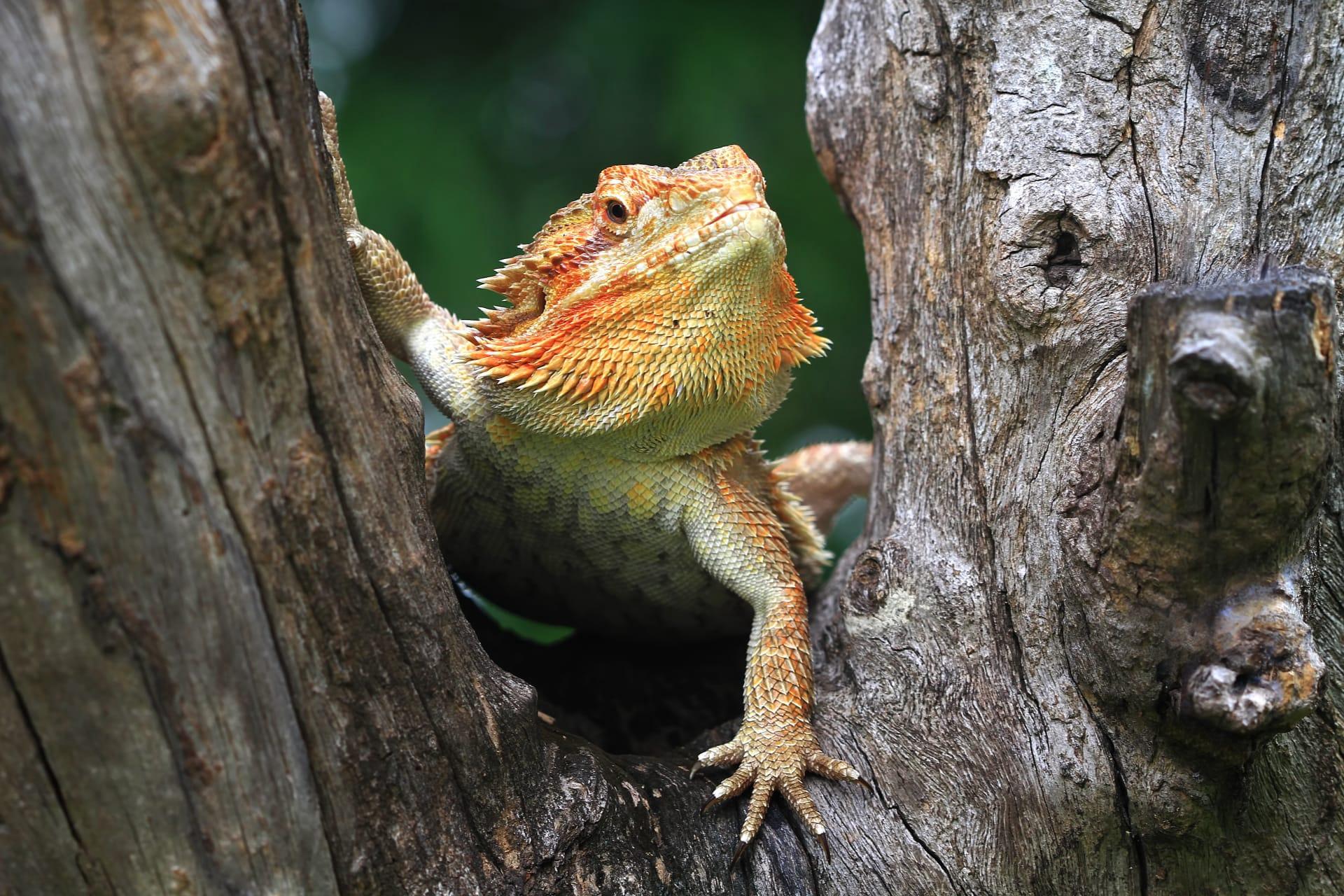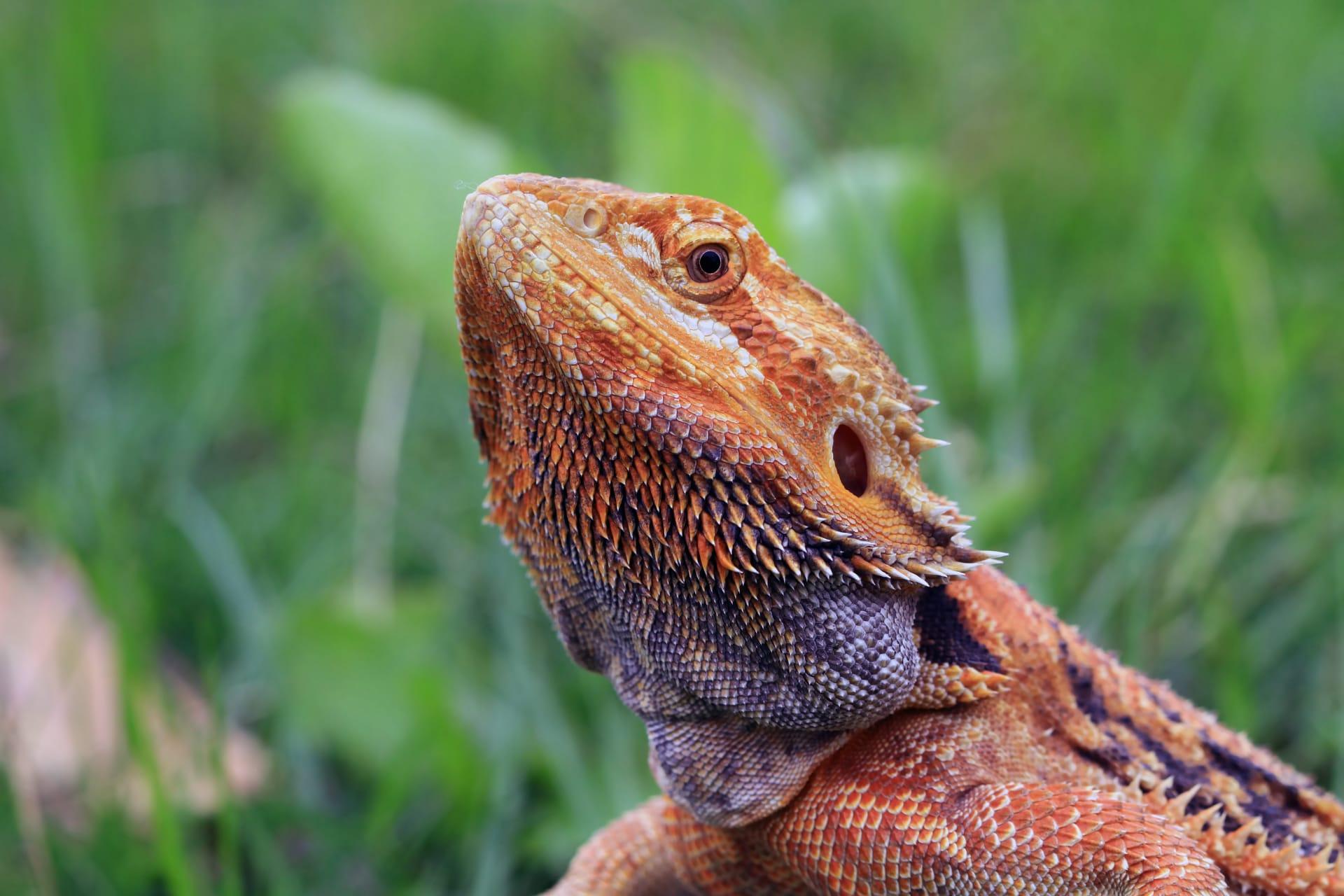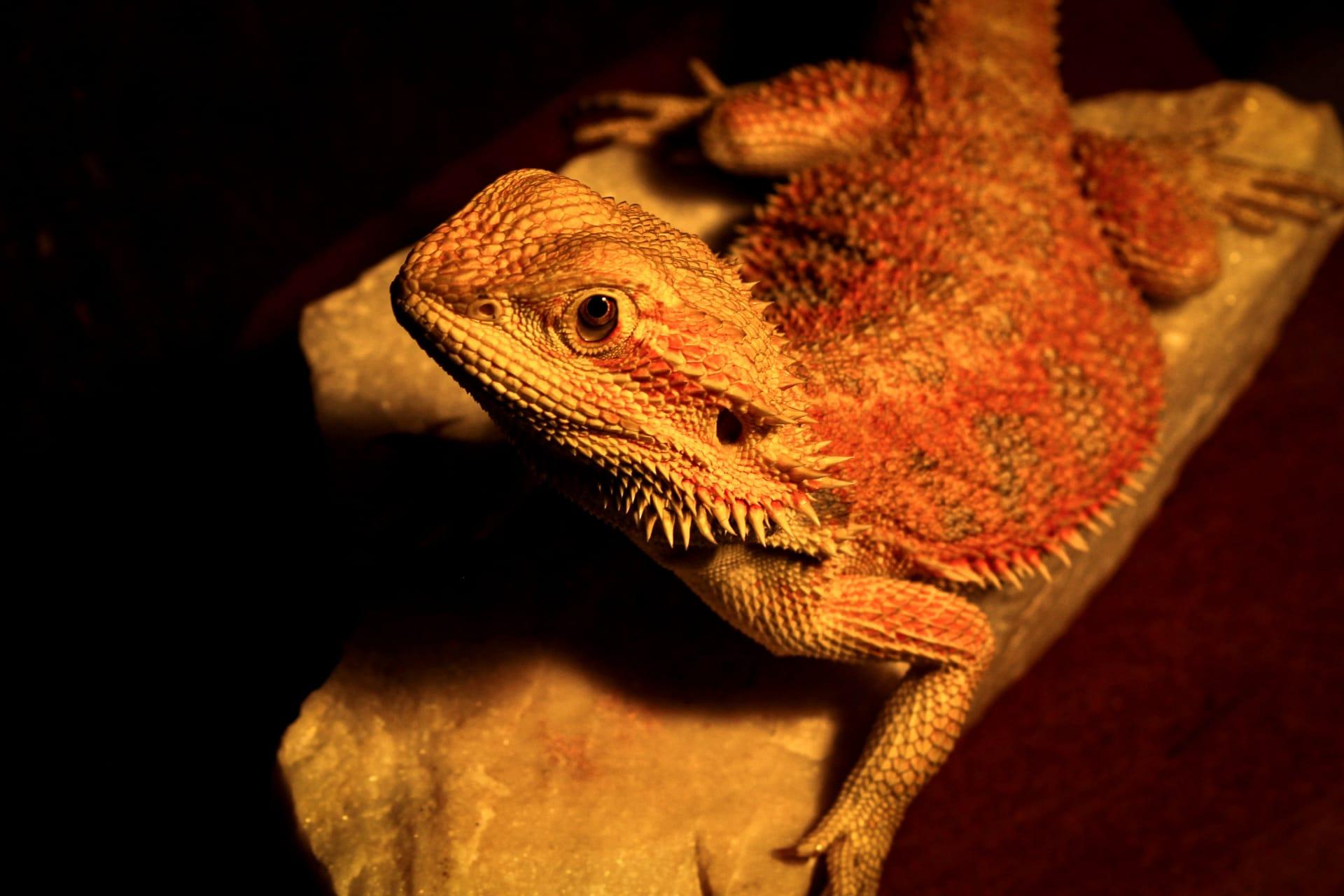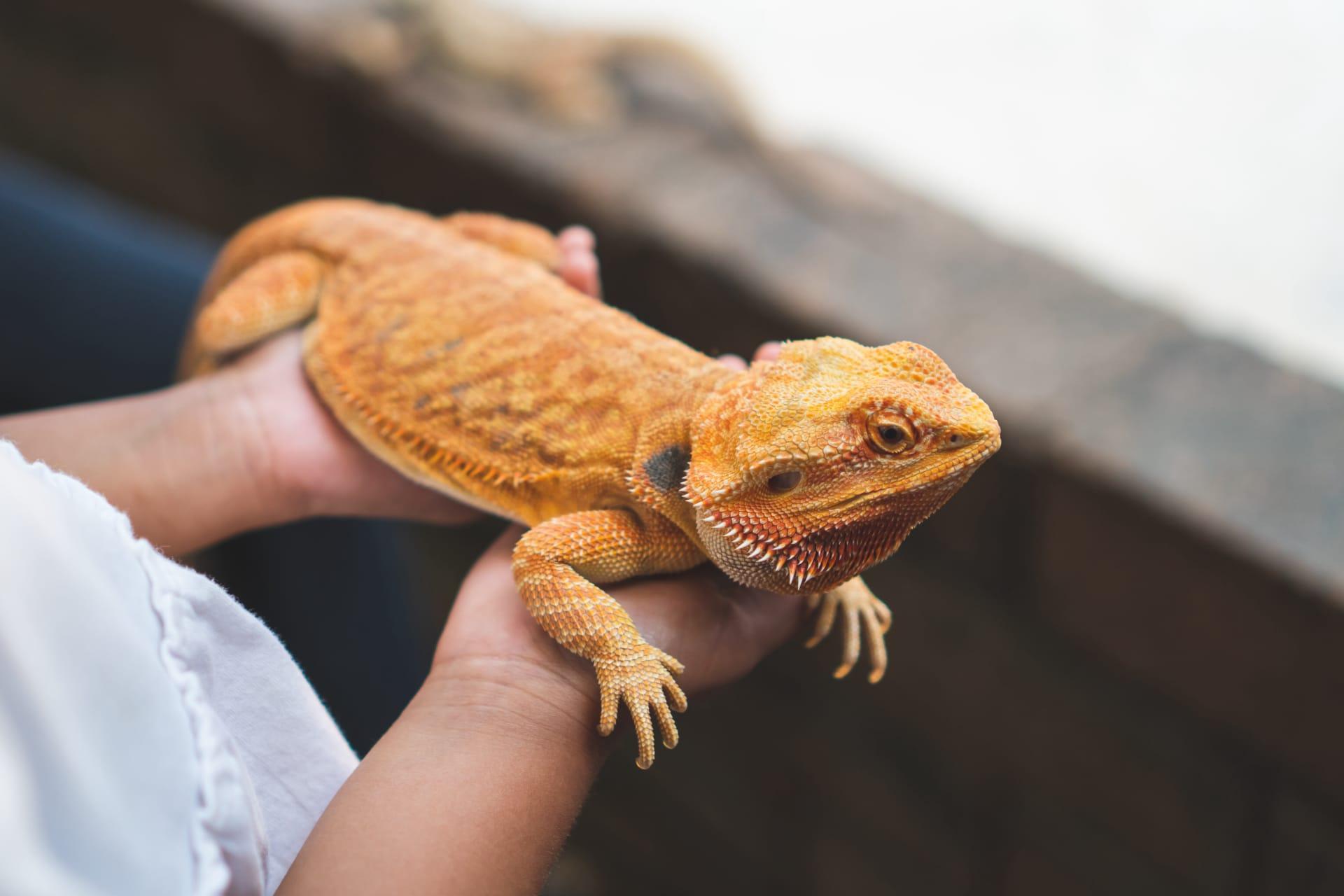Red Bearded Dragon
- Home /
- Mini Encyclopedia /
- Animal /
- Red Bearded Dragon
1
The Red Bearded Dragon, scientifically known as Pogona vitticeps, is a fascinating species belonging to the family Agamidae. This reptile is renowned for its unique physical features, notably its pronounced beard-like throat, which can turn red when the dragon is agitated or trying to impress. They have a robust body, a flat, broad head, and a tail almost as long as their body, contributing to an average length of 18 to 24 inches. The coloration of these dragons ranges from a mix of tan, brown, and red hues, depending on the temperature and the dragon's mood.
Native to Australia, the Red Bearded Dragon primarily inhabits arid to semi-arid regions. They are commonly found in the central and eastern parts of the country, thriving in environments such as deserts, woodlands, and scrublands. These adaptable reptiles are often seen basking on rocks, branches, or in open areas where they can soak up the sun. The population distribution is closely linked to the availability of their preferred habitats and the climate conditions of these regions, with a higher concentration in warmer and dryer areas.

2
Question: Do Red Bearded Dragons change color for camouflage?
Answer: A common misconception about Red Bearded Dragons is that they change color primarily for camouflage. While their color can vary, it's more often a response to temperature changes or emotional states. When it's cooler, they can darken to absorb more heat, and when hot, they may lighten to reflect sunlight. Their color shifts also play a role in communication and mating. For example, males may exhibit brighter colors to attract females or display dominance. So, while subtle color changes can assist in blending with surroundings, it's not the primary purpose.

3
Red Bearded Dragons employ several survival strategies that make them well-adapted to their environment. One key strategy is thermoregulation. These cold-blooded animals bask in the sun to raise their body temperature and retreat to cooler, shaded areas when necessary. This behavior is crucial for digestion and overall physiological functioning. They are also opportunistic feeders, eating a varied diet of insects, small mammals, and plants, which ensures they can find food in the diverse habitats they inhabit.
Another survival tactic is their defensive behavior. When threatened, Bearded Dragons will puff up their beard and body, open their mouth wide, and hiss to appear larger and more intimidating. If this fails, they can play dead, slowing their breathing and remaining motionless to deceive predators. Their spiny skin also provides protection, making them less palatable to potential predators.

4
In their ecosystem, Red Bearded Dragons play a multifaceted role. As predators, they help control the population of insects and small animals, maintaining ecological balance. Their diet includes crickets, worms, and small rodents, which could become pests if not naturally managed. Additionally, they serve as prey for larger animals, thus contributing to the food web. Birds of prey, snakes, and larger mammals often hunt young or smaller dragons, making them a vital link in the ecosystem.
Red Bearded Dragons also impact their environment through their burrowing behavior. Their digging activities help aerate the soil, promoting better water penetration and nutrient distribution. This can enhance plant growth, indirectly supporting other species in their habitat. Moreover, their feces contribute to soil fertility, further enriching the ecosystem they inhabit.

5
Film: "Dragons in the Outback" is a notable documentary from Australia, released in 2019. It offers an immersive glimpse into the life of Red Bearded Dragons in their natural habitat. The film captures their daily activities, from hunting and mating rituals to their unique survival tactics. It also highlights the impact of climate change on their environment, providing insights into the challenges they face.
Book: "The Bearded Dragon Manual," authored by Philippe de Vosjoli and published in the United States in 2001, is an essential guide for enthusiasts. It covers various aspects of Bearded Dragon care, biology, and breeding, offering valuable information for both beginners and experienced keepers.
Book: "Bearded Dragons: A Complete Guide to Pogona Vitticeps," written by Steve Grenard and published in the UK in 2005, delves into the biology, behavior, and conservation of these fascinating reptiles. The book provides detailed insights into their habitat, diet, and the nuances of creating a captive environment that mimics their natural surroundings.